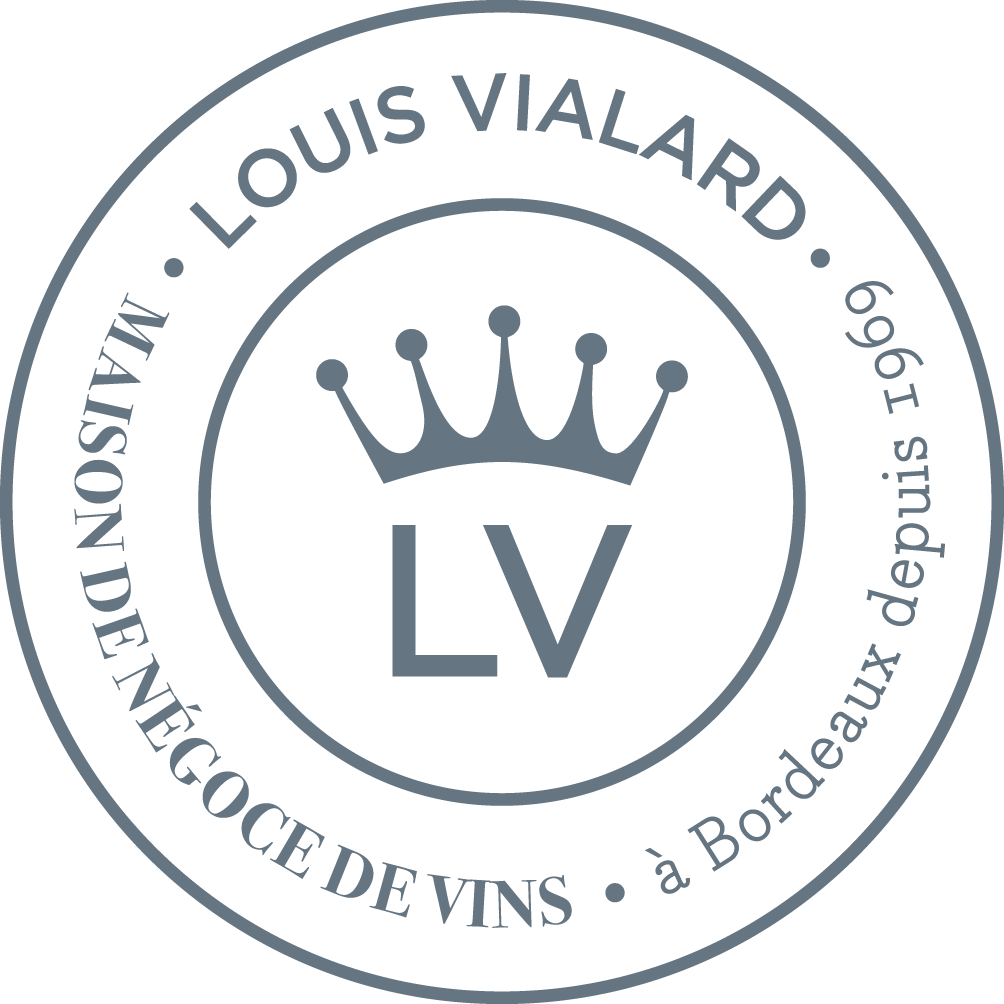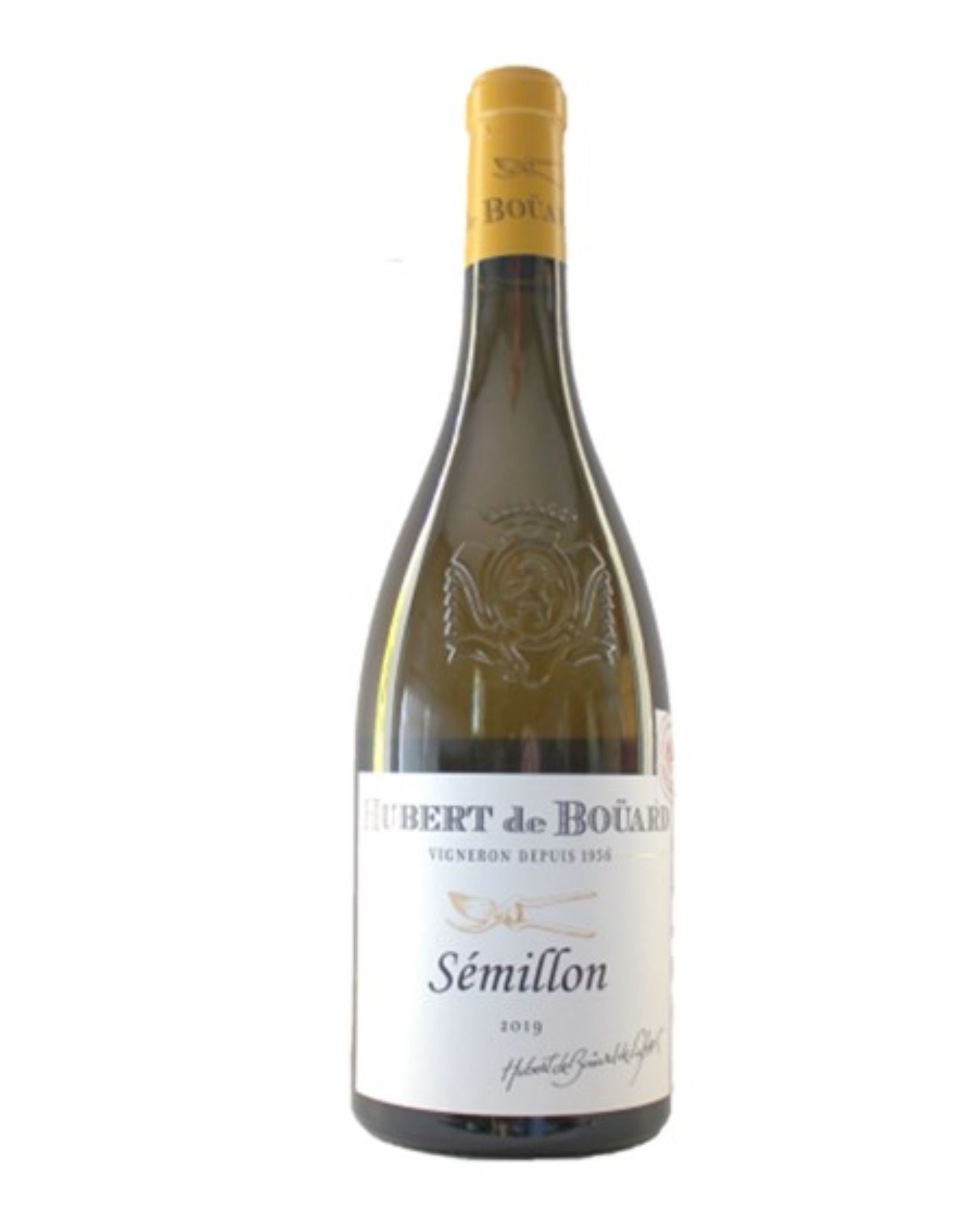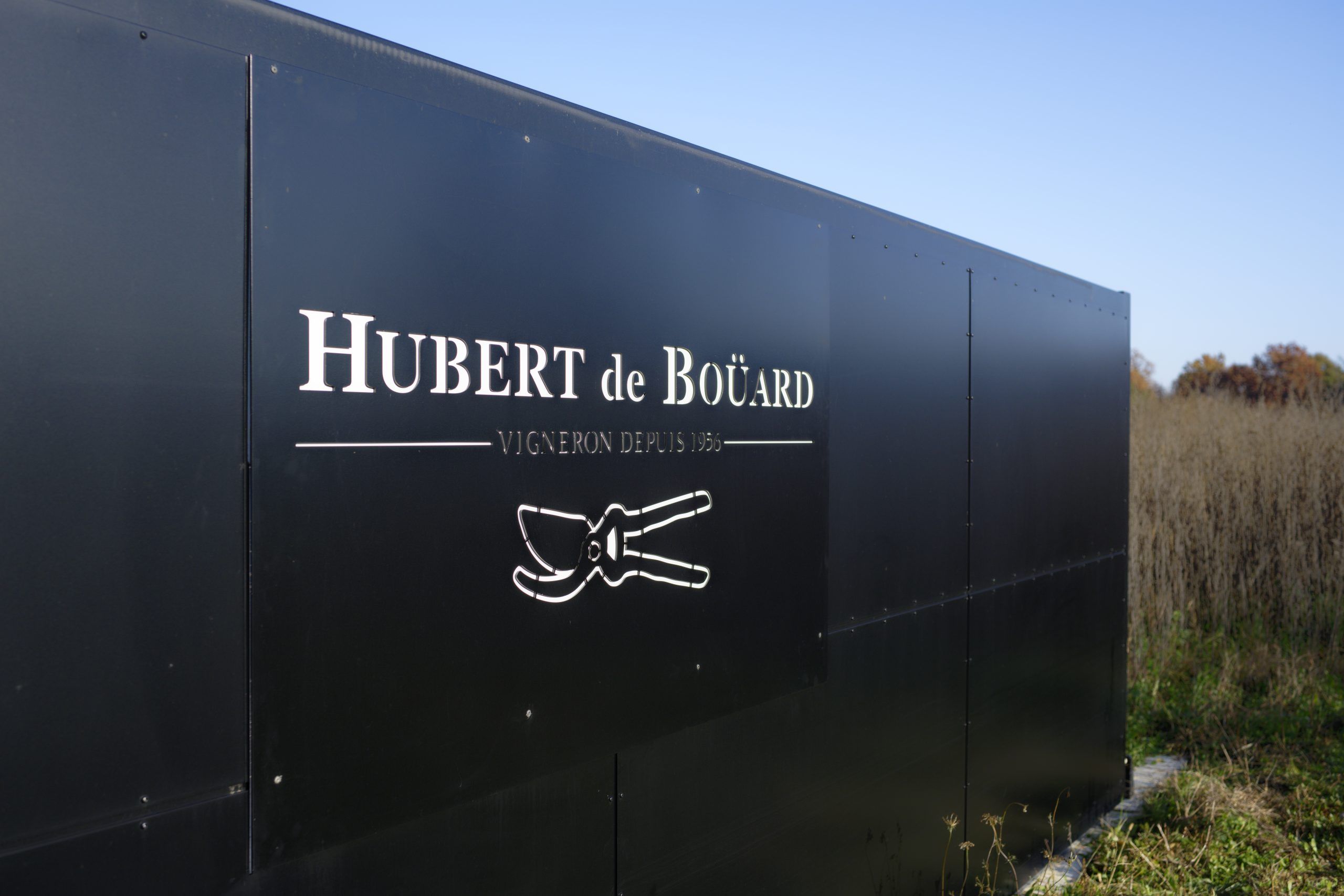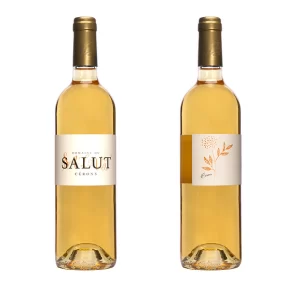Hubert de Boüard, Sémillon 2019
£19.99
12.5% | 750ml
In stock
Starting with the 2016 vintage, Hubert de Boüard-de-Laforêt, “winegrower since 1956”, co-owner of Château Angelus – Saint-Emilion Premier Grand Cru Classé A, Oenologist consultant in more than 80 properties around the world, is producing a range of varietals produced on his owned plots and labelled under in his own name. This innovative project aims to set the level of each varietal to a new high standard; it includes Merlot, Cabernet Sauvignon, Cabernet Franc as well as Sauvignon Blanc and Semillon but also a number of grapes rarely seen in Bordeaux such as Chardonnay, Syrah and Pinot Noir.
- Producer
- Grapes
- Bottle Size
- Vintage
- Colour
- Country
- Region
- ABV
- Style
THE REGION
The vine was introduced to the Bordeaux region by the Romans, probably in the mid-first century, to provide wine for local consumption, and wine production has been continuous in the region since.
Bordeaux wine growing area has about 116,160 hectares (287,000 acres) of vineyards, 57 appellations, 10,000 wine-producing estates (châteaux) and 13,000 grape growers. With an annual production of approximately 960 million bottles,[34] the Bordeaux area produces large quantities of everyday wine as well as some of the most expensive wines in the world. Included among the latter are the area’s five premier cru (First Growth) red wines (four from Médoc and one, Château Haut-Brion, from Graves), established by the Bordeaux Wine Official Classification of 1855:
Both red and white wines are made in the Bordeaux region. Red Bordeaux wine is called claret in the United Kingdom. Red wines are generally made from a blend of grapes, and may be made from Cabernet Sauvignon, Merlot, Cabernet Franc, Petit verdot, Malbec, and, less commonly in recent years, Carménère.
White Bordeaux is made from Sauvignon blanc, Sémillon, and Muscadelle. Sauternes is a sub-region of Graves known for its intensely sweet, white, dessert wines
ABOUT THE PRODUCER
Maison Louis Vialard is situated on the banks of the estuary in Pauillac, the building dates back to 1880, and was recently restored in 2020.
To ensure its continued development, Maison Vialard is equipped with a storage and logistics warehouse in full compliance with the highest, current standards . The site is designed to offer optimal ageing conditions for the finest wines as well as ensure their shipment around the world according to the customers’ instructions. The story of Maison Louis Vialard continues to be written each and every day.






